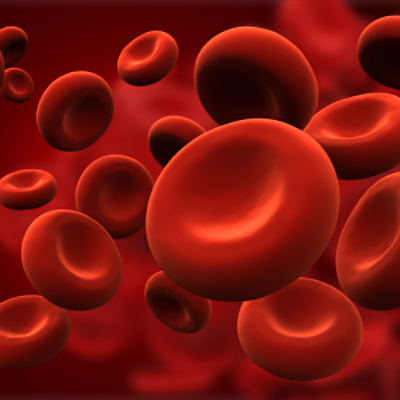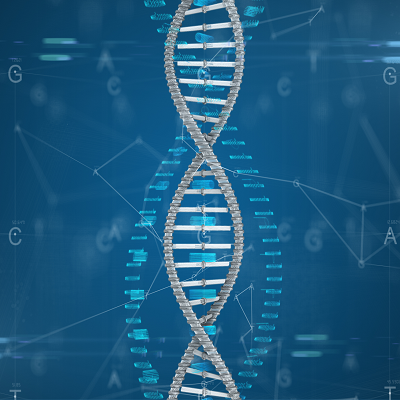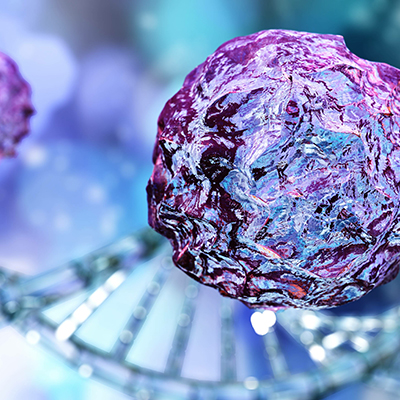July 11, 2022 -- Researchers in Memphis, TN, have learned why certain mice die when testing new gene-based therapies for sickle cell disease and encourage scientists to carefully consider the genetics of the mice they are using to study human diseases.
Dr. Mitchell Weiss, PhD, and colleagues from St. Jude Children's Research Hospital edited genes to switch on the production of healthy, fetal hemoglobin in adult red blood cells to combat sickle cell disease using Berkeley and Townes mice (Disease Models and Mechanisms, July 6, 2022).
They removed stem cells from the mice and used gene editing to modify part of the stem cells' DNA to switch on the healthy fetal hemoglobin gene. After reinserting the stem cells, 70% of the Berkeley mice died from the therapy and it only activated production of the fetal hemoglobin gene in 3.1% of mouse's stem cells.
However, in the Townes mice, the reinserted stem cells activated the fetal hemoglobin gene in 57% of red blood cells and did not affect the animals' survival. Unfortunately, the levels of fetal hemoglobin in the mice were seven to 10 times lower than in human cells grown in the lab. The levels also weren't high enough to reduce clinical signs of sickle cell disease.
To discover the mechanisms behind this, Weiss and colleagues sequenced the hemoglobin genes and surrounding DNA of the Berkeley mice and discovered instead of a single copy of the mutated human gene, the mice had 22 randomly arranged, broken-up copies of the mutated human sickle cell disease gene and 27 copies of the human fetal hemoglobin. This configuration is what caused the Berkeley mice's deaths.
The Townes mice only had single copies of the mutated human hemoglobin gene and the human fetal hemoglobin gene but lacked pieces of DNA that normally regulate the production of the fetal hemoglobin gene in humans. In other words, they couldn't produce enough of the healthy protein to alleviate sickle cell symptoms.
Copyright © 2022 scienceboard.net











